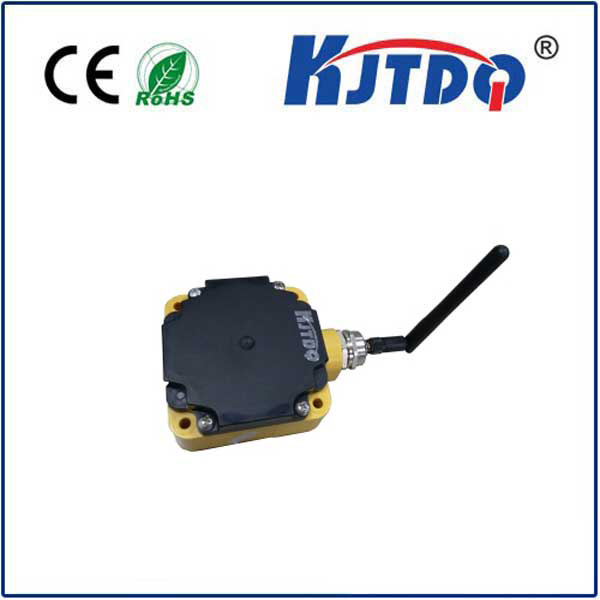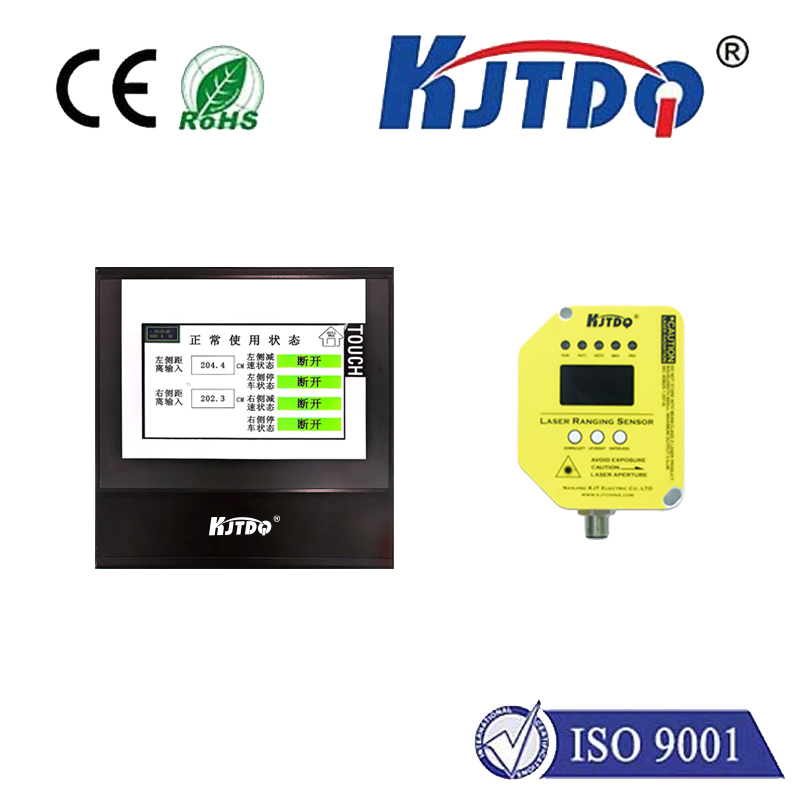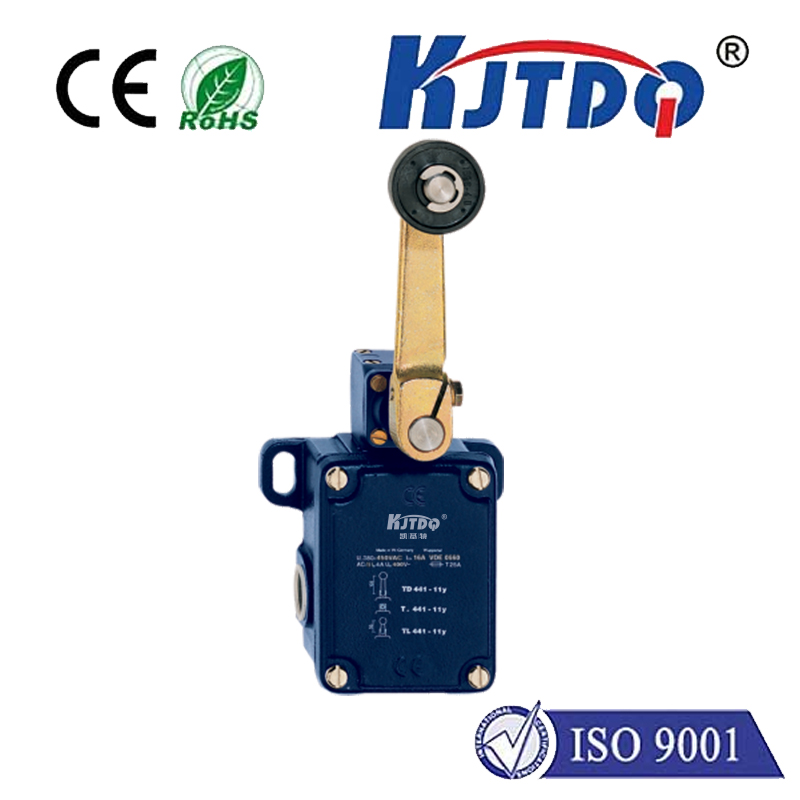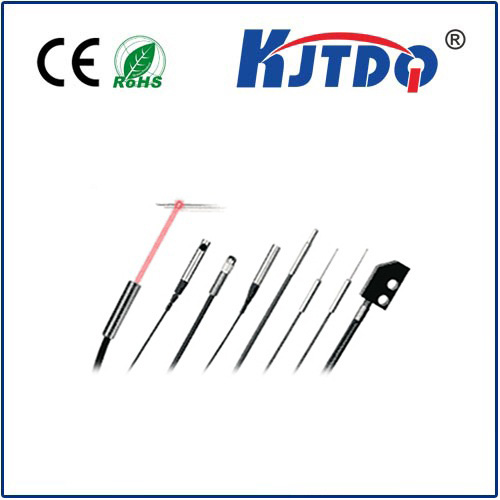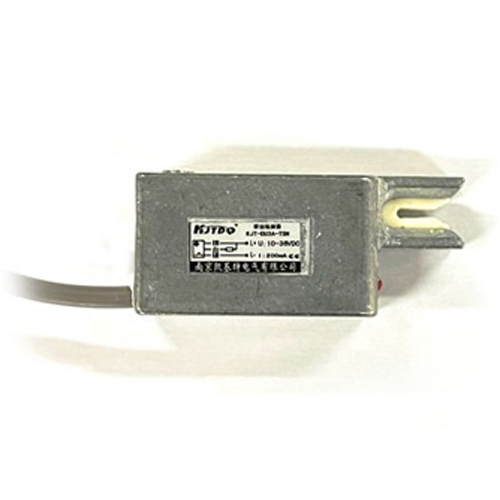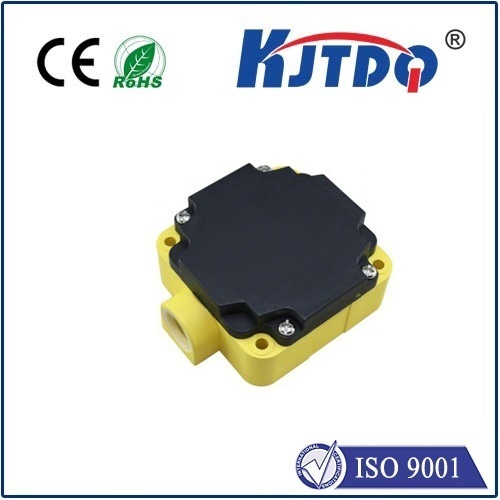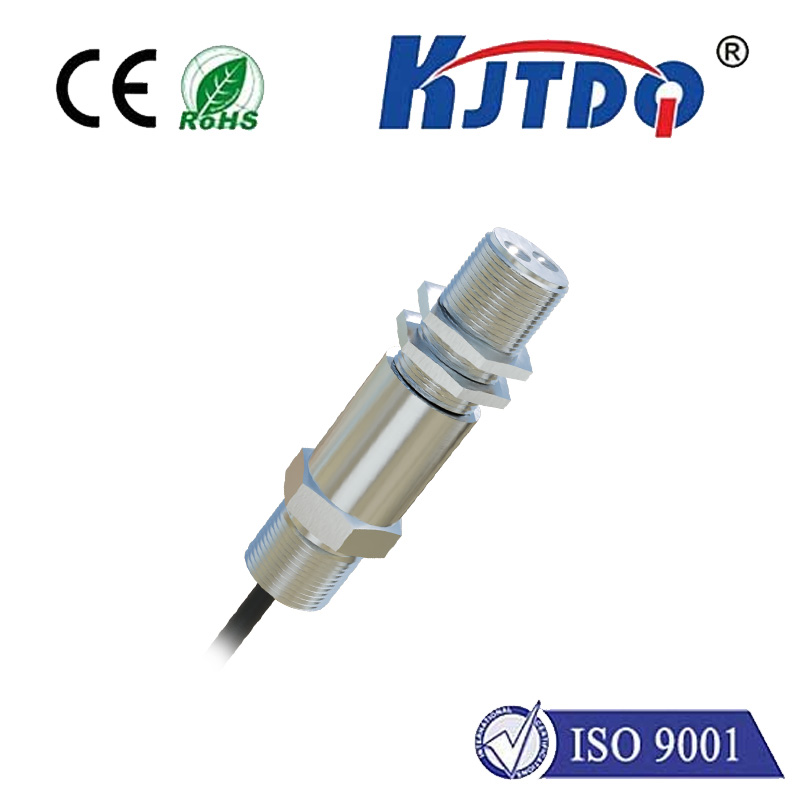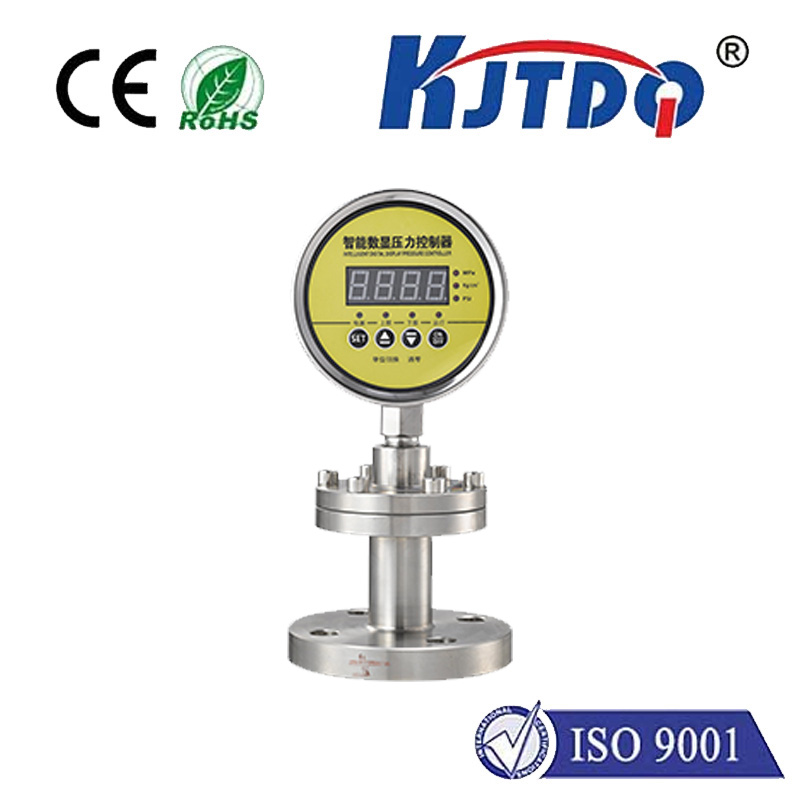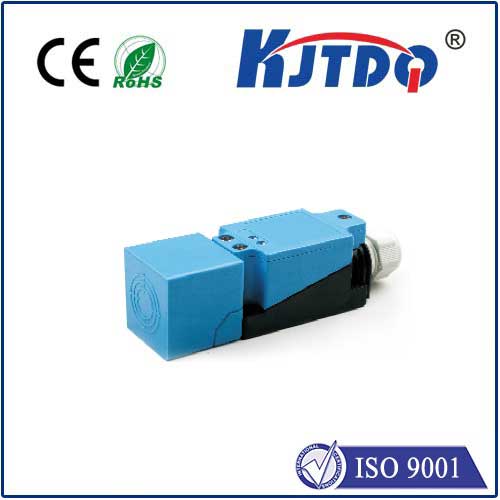Датчик лазерного экрана
- time:2025-08-27 13:59:29
- Нажмите:0
Laser Curtain Sensors: The Invisible Shield Revolutionizing Industrial Safety
Picture this: a split-second lapse in concentration near a high-speed robotic arm, a momentary misstep towards a powerful press, or a tool accidentally slipping into a dangerous zone. In the blink of an eye, industrial environments expose workers to potentially catastrophic hazards. Traditional mechanical guards, while essential, can hinder productivity and don’t actively detect intrusion. This is where the Датчик лазерного экрана, also widely known as a Защитный экран, transforms the safety landscape. It’s not just a barrier; it’s an intelligent, responsive shield safeguarding personnel while maintaining operational flow.
Understanding the Core: How Laser Curtain Sensors Work
At their essence, laser curtain sensors operate on a beautifully simple yet highly reliable principle. Imagine an invisible wall of light projected across a defined hazardous area. This “wall” is created by two essential components:
- Transmitter: This unit houses multiple, carefully aligned infrared (IR) light-emitting diodes (LEDs). It emits parallel beams of light in a precise vertical plane.
- Receiver: Positioned directly opposite the transmitter, this unit contains photoelectric sensors, each meticulously aligned to capture one specific beam from the transmitter.
When all beams are intact, reaching their corresponding receivers uninterrupted, the sensor sends a “clear” signal to the connected safety control system (like a safety relay or PLC), allowing the hazardous machine to operate. The magic – and the critical safety function – happens when any one of these beams is broken. The moment an object (like a hand, arm, or tool) interrupts even a single light beam, the receiver detects the loss of signal. Instantaneously, the sensor sends a stop command (typically within milliseconds) to the machine’s control system. This triggers an immediate shutdown or halts a dangerous motion, preventing contact with the hazard zone. This rapid response is fundamental to their life-saving capability.

Beyond Machine Guarding: Diverse Applications Across Industries
While machine safeguarding is their flagship role, the versatility of laser curtains extends far beyond:
- Robotic Work Cells: Creating dynamic safety perimeters around collaborative (cobot) or industrial robots, stopping movement if a human enters a predefined unsafe zone. Precision resolution models detect even fingers.
- Material Handling & Logistics: Safeguarding conveyor pinch points, palletizer entry points, and automated guided vehicle (AGV) pathways.
- Packaging Machinery: Protecting operators during jam clearing or format changeovers at filling, capping, or labelling stations.
- Metal Forming & Presses: Providing non-contact guarding for power presses, brake presses, and shears where frequent access is required, vastly improving productivity compared to fixed guards.
- Safeguarding Access Points: Monitoring entry to hazardous areas like furnaces, test chambers, or automated storage and retrieval systems (AS/RS).
- Small Part Handling & Assembly: Ensuring operator hand safety on intricate assembly lines or stations involving rotating parts or presses. Features like blanking allow safe penetration for feeding materials while still guarding the operator.
Selecting the Right Laser Curtain Sensor: Key Considerations
Choosing the most appropriate light curtain is critical for both safety compliance and operational efficiency. Key factors include:
- Resolution (Finger/Hand Detection): Measured in millimeters (mm), this defines the smallest object the sensor can reliably detect. Higher resolution (e.g., 14mm) protects fingers, while lower resolution (e.g., 30mm) protects hands/arms. Select based on the type of injury risk.
- Protective Height: The vertical height covered by the beam array. Must completely cover the hazard’s access path.
- Detection Range/Operating Distance: The maximum distance between transmitter and receiver that ensures reliable beam detection.
- Safety Integrity Level (SIL/PL): Indicates the sensor’s performance level in terms of risk reduction. Higher-risk applications require higher SIL (e.g., SIL 2, SIL 3) or Performance Level (PL d, PL e) ratings per standards like IEC 61496 and ISO 13849.
- Muting and Blanking: Advanced functions allowing temporary suspension of the safety function (only under strictly controlled conditions) for material handling without compromising worker protection.
- Environmental Resilience: Consider resistance to dust, moisture (IP ratings), vibration, temperature fluctuations, and potential optical interference (e.g., ambient light, welding flashes).
- Control Interface: Compatibility with existing safety control systems (OSSD outputs - Output Signal Switching Device).
The Tangible Benefits: Safety Meets Productivity
Implementing laser curtain sensors delivers a compelling return on investment that transcends mere compliance:
- Uncompromised Personnel Safety: Provides the highest levels of protection against accidental contact with moving parts, crushing, shearing, and other machinery hazards, significantly reducing lost-time injuries.
- Enhanced Productivity: Enables faster, more frequent access to machinery for loading, unloading, maintenance, and troubleshooting compared to physical guards that need to be removed and replaced. Reduced machine downtime translates directly to higher output.
- Operational Flexibility: Easily adaptable to process changes or different machine setups. Protective fields can often be adjusted or reprogrammed quickly.
- Improved Ergonomics: Eliminates the need for cumbersome physical barriers that operators must constantly open and close, reducing fatigue and strain.
- Cost-Effectiveness: While an initial investment, the reduction in accidents, downtime, insurance premiums, and potential litigation costs provides a strong financial rationale. Maintenance costs are typically lower than complex mechanical guarding systems.
- PSDI (Presence Sensing Device Initiation): Allows machines like presses to initiate a cycle only when the operator’s hands are safely clear, further boosting efficiency safely.
Ensuring Peak Performance: Installation & Maintenance Best Practices
To guarantee reliable operation and sustained safety performance:
- Professional Installation & Alignment: Precise mounting and alignment of the transmitter and receiver are paramount. Even minor misalignment can cause failure or nuisance tripping.
- Rigorous Commissioning & Testing: Follow manufacturer guidelines and safety standards meticulously during setup. Perform comprehensive functional tests.
- Regular Functional Checks: Implement a schedule for routine testing (e.g., daily or weekly) to verify that the interruption of any beam causes an immediate machine stop. This is non-negotiable for safety integrity.
- Lens Cleaning: Keep optical surfaces clean from dust, oil, or debris that could weaken beam strength or cause false trips.
- Environmental Monitoring: Ensure the operating environment remains within specified tolerances regarding temperature, humidity, and contaminants.
Laser curtain sensors represent a technological leap in industrial safety. By creating an invisible, intelligent barrier that reacts instantaneously to intrusion, they fulfill the dual mandate of protecting human life and enabling efficient production. As manufacturing embraces greater automation and collaborative robotics, the role of these sophisticated sensors – the silent, vigilant guardians of the factory floor – becomes ever more indispensable. Understanding their function, selecting the right model for the application, and maintaining them rigorously is not just an operational task; it’s a fundamental commitment to building a safer, more productive work environment.

